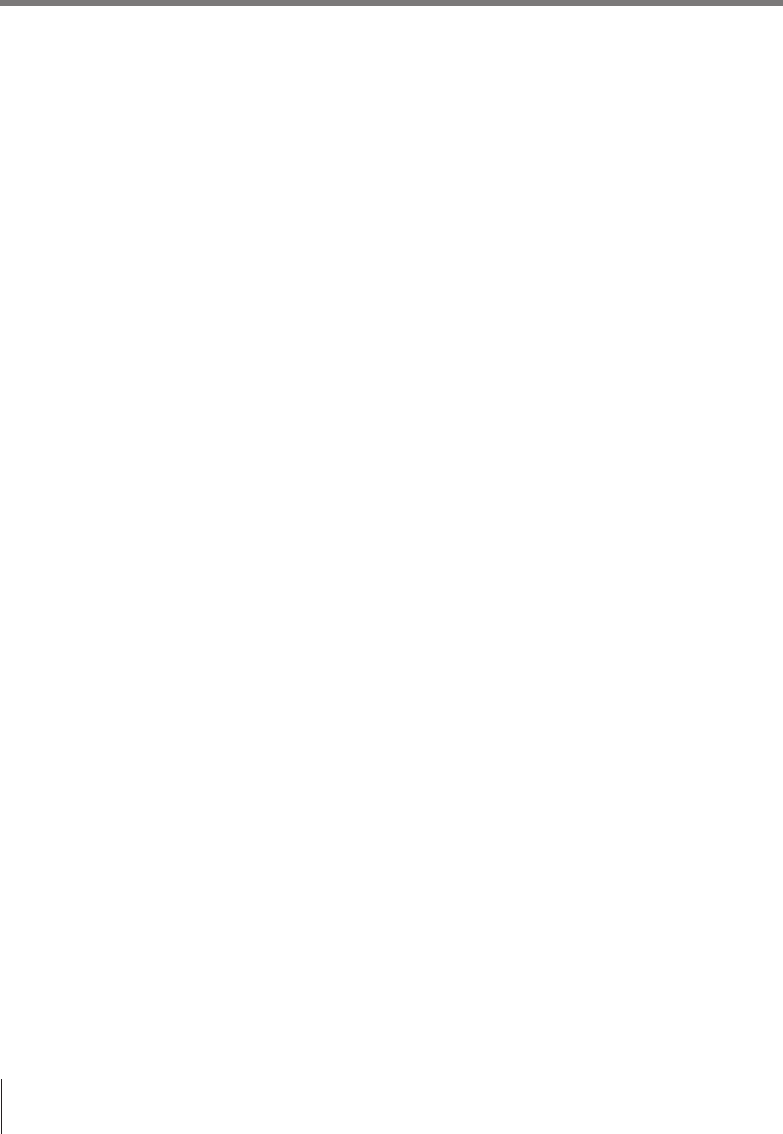User manual - V-N500取扱説明書(2014年05月07日)

246
It appears that the arithmetic coding option of the JPEG spec is covered by patents owned by
IBM, AT&T, and Mitsubishi. Hence arithmetic coding cannot legally be used without
obtaining one or more licenses. For this reason, support for arithmetic coding has been
removed from the free JPEG software. (Since arithmetic coding provides only a marginal
gain over the unpatented Huffman mode, it is unlikely that very many implementations will
support it.) So far as we are aware, there are no patent restrictions on the remaining code.
The IJG distribution formerly included code to read and write GIF files.
To avoid entanglement with the Unisys LZW patent, GIF reading support has been removed
altogether, and the GIF writer has been simplified to produce "uncompressed GIFs". This
technique does not use the LZW algorithm; the resulting GIF files are larger than usual, but
are readable by all standard GIF decoders.
We are required to state that
"The Graphics Interchange Format(c) is the Copyright property of CompuServe
Incorporated. GIF(sm) is a Service Mark property of CompuServe Incorporated."
REFERENCES
===========
We highly recommend reading one or more of these references before trying to understand
the innards of the JPEG software.
The best short technical introduction to the JPEG compression algorithm is
Wallace, Gregory K. "The JPEG Still Picture Compression Standard",
Communications of the ACM, April 1991 (vol. 34 no. 4), pp. 30-44.
(Adjacent articles in that issue discuss MPEG motion picture compression, applications of
JPEG, and related topics.) If you don't have the CACM issue handy, a PostScript file
containing a revised version of Wallace's article is available at ftp://ftp.uu.net/graphics/jpeg/
wallace.ps.gz. The file (actually a preprint for an article that appeared in IEEE Trans.
Consumer Electronics) omits the sample images that appeared in CACM, but it includes
corrections and some added material. Note: the Wallace article is copyright ACM and IEEE,
and it may not be used for commercial purposes.
A somewhat less technical, more leisurely introduction to JPEG can be found in "The Data
Compression Book" by Mark Nelson and Jean-loup Gailly, published by M&T Books (New
York), 2nd ed. 1996, ISBN 1-55851-434-1. This book provides good explanations and
example C code for a multitude of compression methods including JPEG. It is an excellent
source if you are comfortable reading C code but don't know much about data compression in
general. The book's JPEG sample code is far from industrial-strength, but when you are ready
to look at a full implementation, you've got one here...
ライセンス原文一覧










